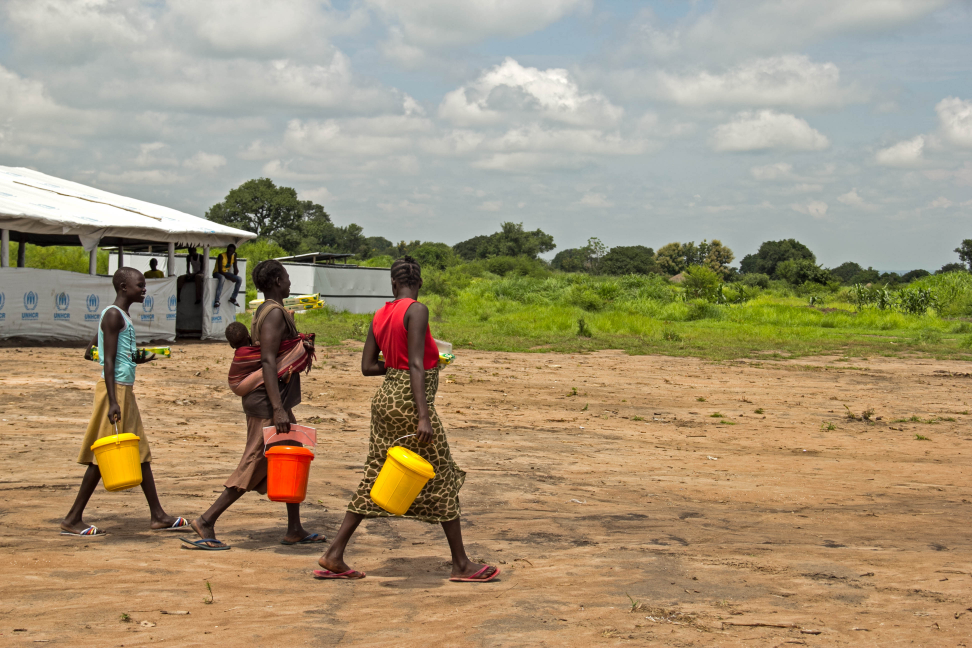On the appropriateness of emergency water treatment kits…

Greetings!
As mentioned in our previous blog entry, many times some confusion is made with regards to what is actually needed in an emergency water treatment kit. That is, field experience has shown that many times some emergency kits are designed to favour water quality over the quantity produced. Not that water quality is not important. However, current humanitarian action is largely based on the premise that the transmission of water- and excreta-related diseases in emergencies is as much likely due to the lack of sufficient quantities for personal and domestic hygiene as to contaminated water sources (i.e. quality). Hence, many times the quantity of water supplied should be prioritised over the quality (The Sphere Project 2011). However, this is done without neglecting the importance of a safe supply that is both free of pathogens (measured by indicator organisms and normally maintained through terminal free residual chlorination due to its protective action) and aesthetically pleasing (i.e. low turbidity, < 5 NTU).
In other words, a larger quantity of relatively good (safe) quality water is better than a small quantity of very high quality water.
This issue has been further discussed recently (Dorea 2012 Luff & Dorea 2012) and forms the basis of this project. Both these references can be made available upon request.
Cheers!
Caetano
Through this blog we will be posting further information on the innovation, timely developments in the sector related to the project, and updates, but if you have specific questions or want more detailed information, please do not hesitate to contact us ([email protected]).
References
Dorea CC (2012) Comment on "Emergency water supply: A review of potential technologies and selection criteria." Water Research, 48(18): 6175-76.
Luff R & Dorea CC (2012) Bulk Water Treatment Unit performance – for the cameras or the community? Waterlines, 31(1-2): 53-66.
The Sphere Project (2011) Humanitarian Charter and Minimum Standards in Disaster Response, Practical Action, UK.
Stay updated
Sign up for our newsletter to receive regular updates on resources, news, and insights like this. Don’t miss out on important information that can help you stay informed and engaged.
Related articles
.png)


Explore Elrha
Learn more about our mission, the organisations we support, and the resources we provide to drive research and innovation in humanitarian response.